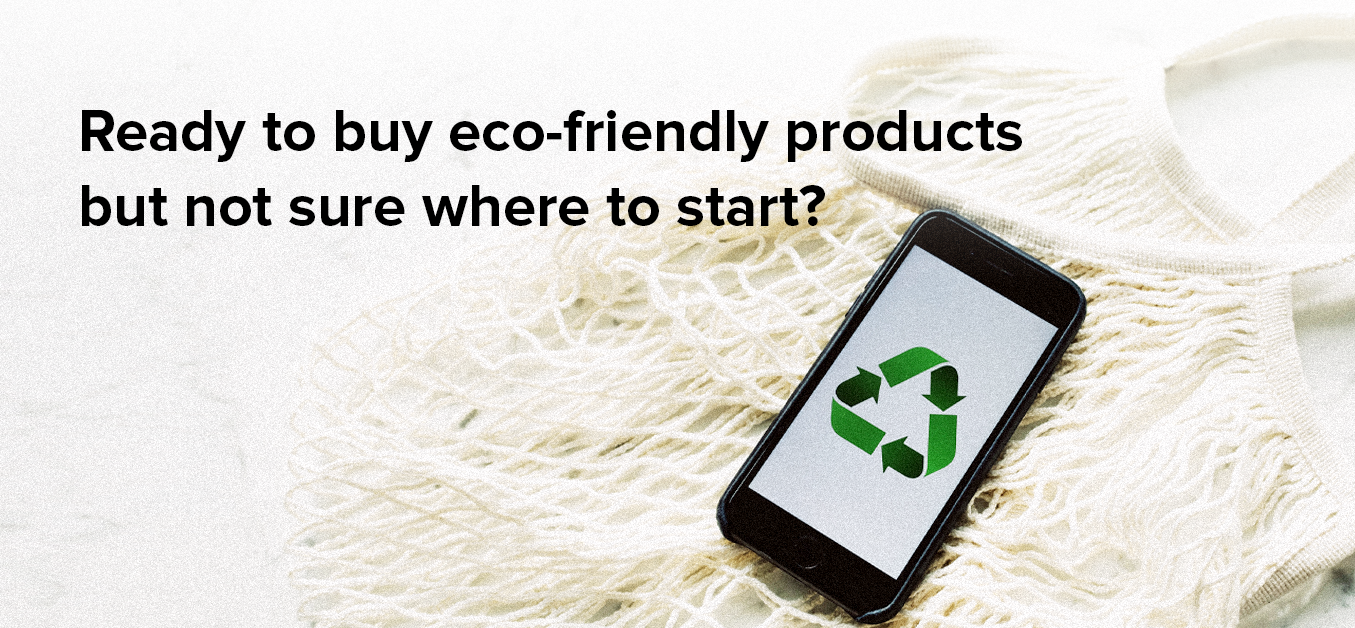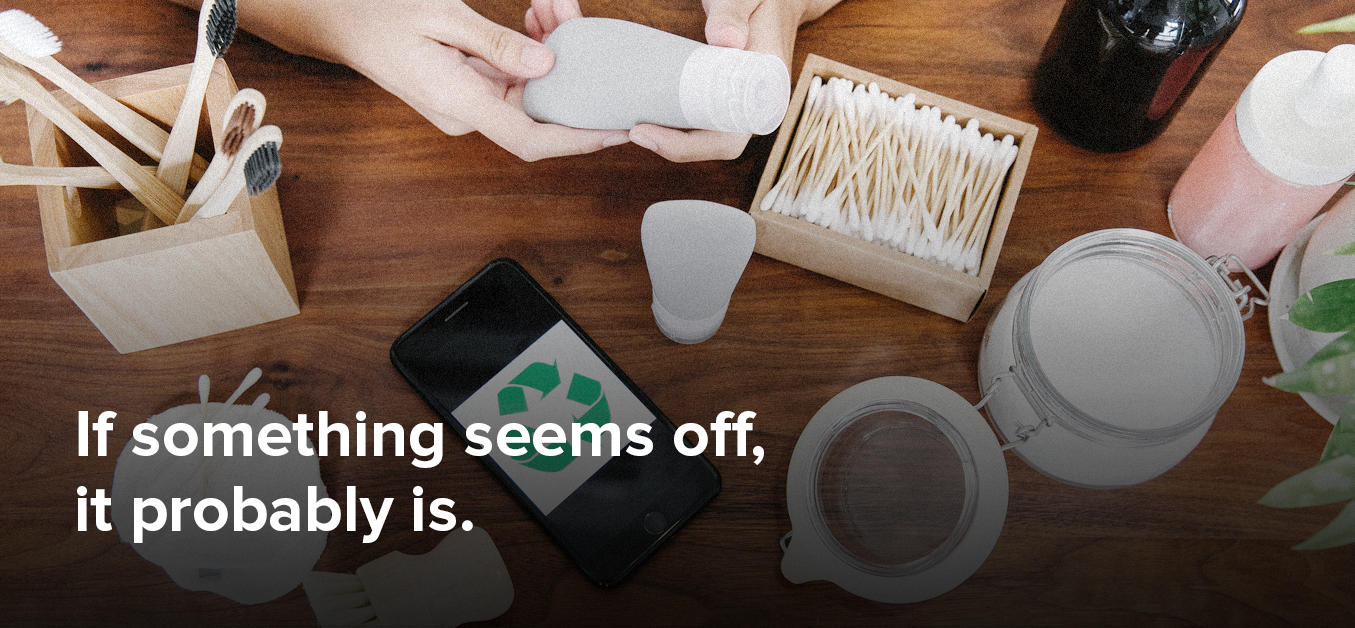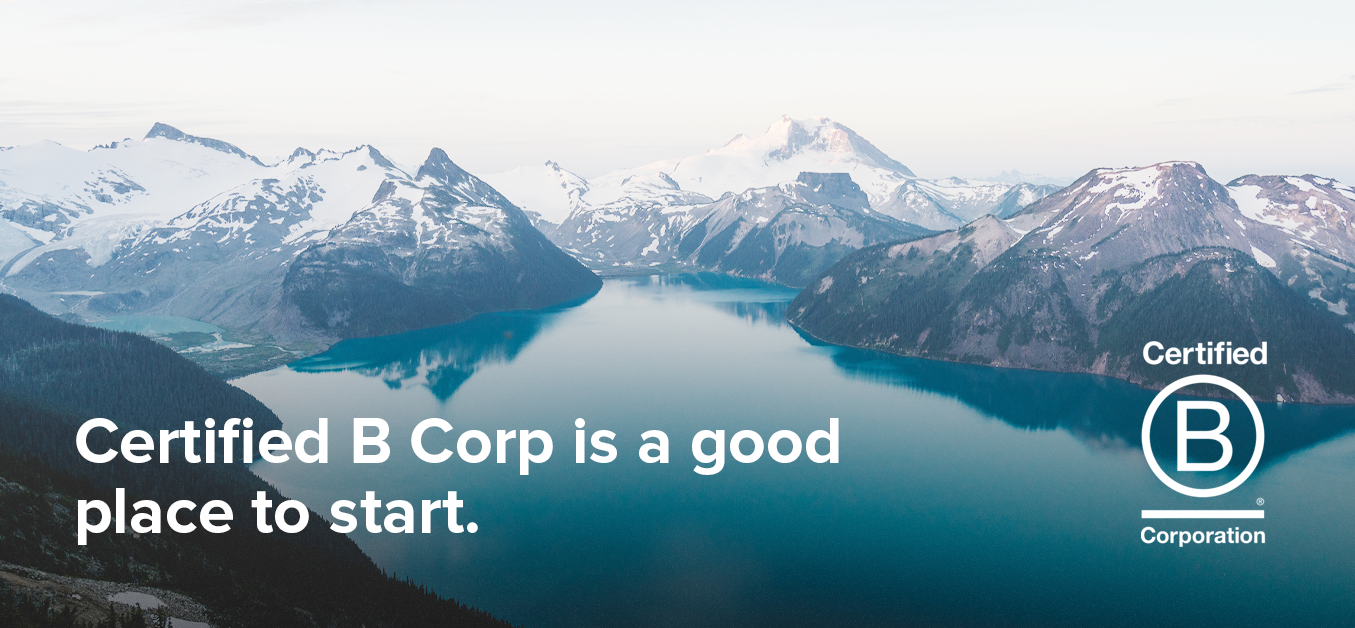How to Read Canadian Eco-Labels
Decode the decals.

Ready to buy eco-friendly products but not sure where to start? You’re not alone—most of us were made aware of the harms of chemicals in our household products and the insidious world of greenwashing around the same time. It can feel pretty high stakes!
So is this bleach, wrapped in a minty-fresh green with pictures of a tree and a little happy, jumping bunny actually eco-friendly?
Or are some morally ambiguous marketers trying to hoodwink you?
One surefire way to tell: check the labels.
Reading Eco-Labels in Canada

These labels are recognized by the Canadian government. Generally, if you see one of these labels, you can trust that the product can back up the claim it’s making. If they’re found to be using these labels fraudulently, they can face disciplinary action.
Despite the threat of financial or legal repercussion, however, some folks will just lie. So use your consumer spidey sense and trust that if something seems off, it probably is.
Anyways: to the labels!
Sustainability Labels

There are two big logos to look for when doing your shopping.
The first is the Certified B Corp logo. All B Corp businesses have “met rigorous standards of social and environmental performance, accountability and transparency.” To be certified as a B Corp business, you have to meet high standards using the B Impact Assessment which takes into account everything from business operations to employee treatment and community impact. Certified B Corp is a good place to start.
Then there’s Fairtrade! You probably know or may have heard of this one. These products are certified to be produced in socially and economically fair circumstances, and in an environmentally responsible manner. These products are all about facilitating sustainable development in other parts of the world.
Energy Efficiency Labels
Energy Star! Technically, it’s ENERGY STAR, all caps and no bullshit. This logo is internationally recognized, and means that a particular electric appliance is among the most energy efficient options on the market. It might not be great for the environment, but it’s one of the best options out there.
You might also recognize the EnerGuide label—this isn’t a guarantee of energy efficiency, it just compares that given product to others available. This label is more informational than endorsement; give it a read to help inform your decisions.
Environmental Labels
The big one to know here is the Canadian EcoLogo, also called Environmental Choice. Products with this label adhere to very strict environmental standards from manufacturing to disposal. And it’s a tough designation to get—and keep. According to the government, “EcoLogo standards are designed so that only the top 20% of products available on the market can achieve certification.”
Exclusive!
Food Product Labels
The food we eat has a huge impact on our environmental footprint. Looking for these labels, wherever relevant, is good for you and the planet.
First there’s the Marine Stewardship Council Certification logo. These products come from fisheries certified for having met the Marine Stewardship Council (MSC) standards for sustainable fishing. It’s a good vibe!
Then, there’s the Canada Organic logo, which is a big one. These products meet the Canadian standard for organic production from growing to marketing, and they have to contain at least 95% organic ingredients. No GMOs are allowed to use this label. If eating organic is important to you, be sure to look for this label.
Recycling Labels
Then there’s our old friend, the recycling label. You know this one—it’s actually called the Möbius Loop, named after the Möbius Strip, which is kinda niche. But it indicates one part of a circular economy, which we dig.
The Möbius Loop indicates that a product is recyclable or contains recycled content. If both, the product should contain more info to back up that claim, including what percent of the product is made using recycled materials.
You might also see the Möbius Loop shape in decals by the Society of the Plastics Industry. These designations—the little rounded triangle and an indication underneath like “PETE” or “3/PVC”—just indicates that kind of resin might be used in that product. That info is more for recycling firms, not for you. So. Don’t feel bad if you don’t know what it all means, eh?
Watch Out For Greenwashing
There you go. A handful of logos to look out for and incorporate into your shopping habits!
There are lots of companies out there that will make false claims or use unregulated labels to make themselves seem eco-friendly, so you’ve got to be careful and think critically. If you see a label you’ve never encountered before, look it up to make sure it’s legit.
Need more help recognizing greenwashing in action? We’ve got a post on that. Wanna buy up some cool eco-friendly products? We’ve got a few suggestions here.
Just remember: personal consumption matters. When you consume less, you’re helping the planet. When you do consume (because it’s a part of life) using your MogoCard to plant a tree with every tap, you’re helping the planet.
| GET MY FREE MOGOCARD |
Let’s all try to leave the world a better place than we found it, eh??
This blog is provided for informational purposes only.
*Trademark of Visa International Service Association and used under licence by Peoples Trust Company. Mogo Visa Platinum Prepaid Card is issued by Peoples Trust Company pursuant to licence by Visa Int. and is subject to Terms and Conditions, visit mogo.ca for full details. Your MogoCard balance is not insured by the Canada Deposit Insurance Corporation (CDIC). MogoCard means the Mogo Visa Platinum Prepaid Card.